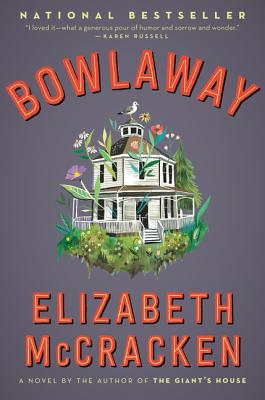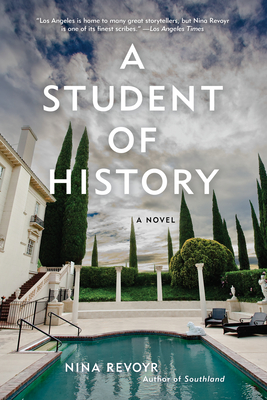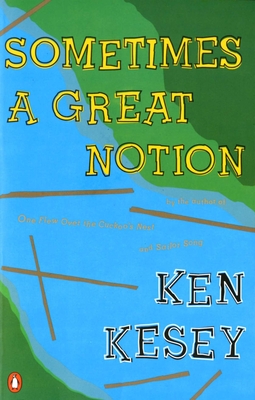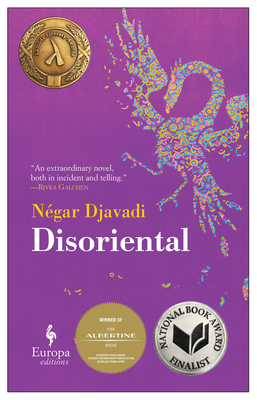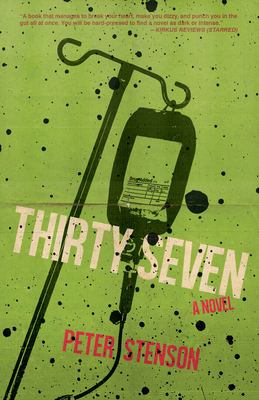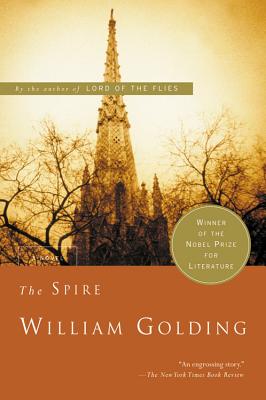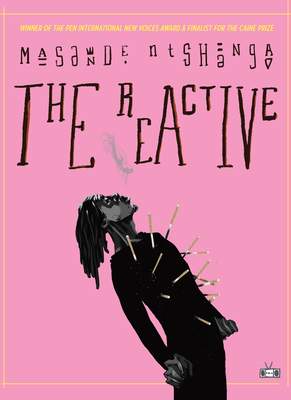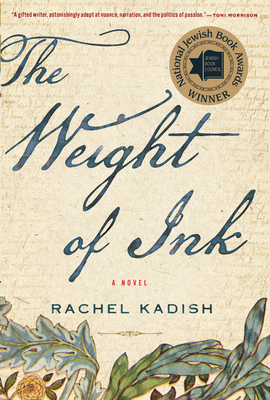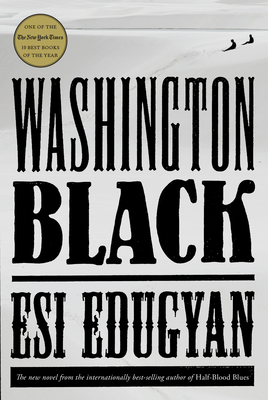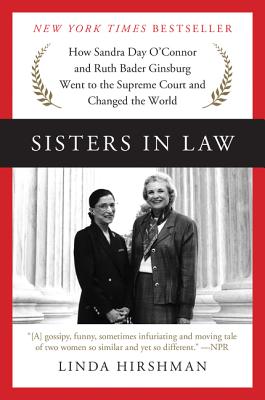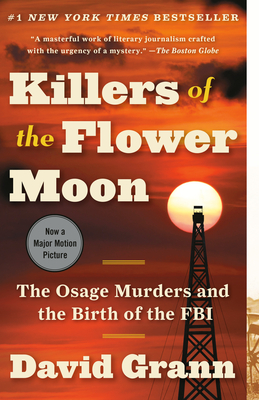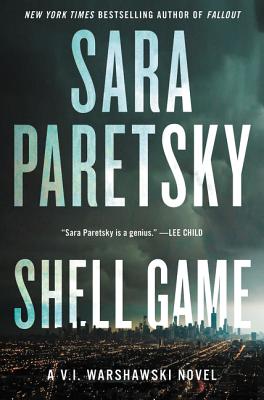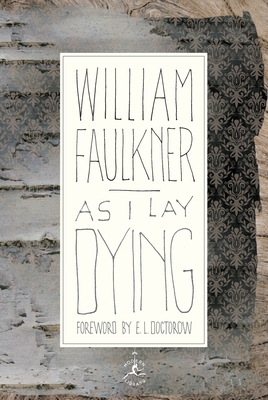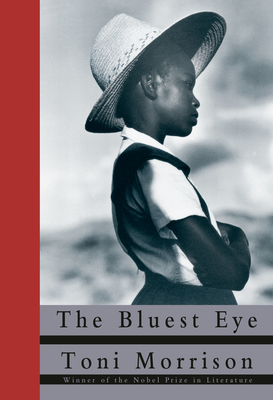Disoriental, Negar Djavadi, Europa Editions, 2018, 338 pp (originally published by Liana Levi, Paris, France; translated from the French by Tina Kover)
This was the book I read in May for my Read One Translated Book a Month Challenge. It was so excellent and goes into the running for my Top 25 Books Read this year.
Negar Djavadi was born in Iran in 1969 to intellectual parents opposed to the regimes of both the Shah and Khomeni. She arrived in France at the age of eleven, having crossed the mountains of Kurdistan on horseback with her mother and sister.
The novel is loosely based on her experiences. It does require the reader to have some knowledge of Iranian politics in the late 20th century. My knowledge was scanty indeed but now we have the internet and I used it. I also needed to learn more about the geography between Iran and France.
Kimia Sadr, the heroine of the novel, came from a large Iranian family with deep roots in the country's history. Her great-grandfather owned vast lands and had 52 wives in his harem! One of his sons had six sons. Darius Sadr was one of them and is Kimia's father. The rest of the sons are her uncles, called by their birth order: Uncle number One, etc. The uncles include an attorney, a secretly gay man who manages the family lands and keeps their history, a notary, a shop keeper and a literature professor. Darius is an intellectual and wrote for various publications until he got himself into deep trouble and had to escape to Paris.
Kimia's mother is Armenian. She loves and supports her husband, being as fiercely revolutionary as he is. The Armenian grandmother helps to raise Kimia and her two older sisters as well as filling them with myths, herbology and her amazing cooking.
Kimia is in full possession of her parents' rebellious spirit and does not fit in with Iranian society. She, her sisters and mother follow Darius to Paris making that journey over the mountains on horseback in winter. Paris has always served as the family's intellectual and cultural Mecca but Kimia has the most trouble adapting. The family trauma has lodged itself in her psyche.
The novel is a story about fear, exile, and adaptation. Though Kimia has no lack of spirit, she struggles with school and Parisian life due to her lesser command of French, compared to the rest of the family. She calls it a "scar."
"This scar that runs across my vocabulary is my only concession to vanity; the only hint of resistance in my efforts to integrate, lets call them...Because to integrate into a culture, I can tell you that you have to disintegrate first, at least partially, from your own. You have to separate, detach, disassociate. No one who demands that immigrants make 'an effort at integration' would dare look them in the face and ask them to start by making a necessary 'effort at disintegration.' They're asking people to stand atop the mountain without climbing up it first"
I have not ever heard this phenomenon put so well. Hence the title of the book: Disoriental.
When the story opens Kimia is waiting for her doctor at a fertility clinic. She is in her 20s and has made great strides with that integration. Then she goes back and forth in time and between cultures telling how she did it. Though that is sometimes disorienting for the reader, her tale always pulses along with plot and mystery and danger and suspense. It covers all the main hot spots of political and personal life in the early 21st century so that though the locations are Iran and France, it could be anywhere. It rewards patient reading and a bit of research into the unfamiliar with a most satisfying and hopeful ending.
Negar Djavadi is a screenwriter by profession and Disoriental is her first novel. Perhaps that is why it is so cinematic and so dramatically astute.
